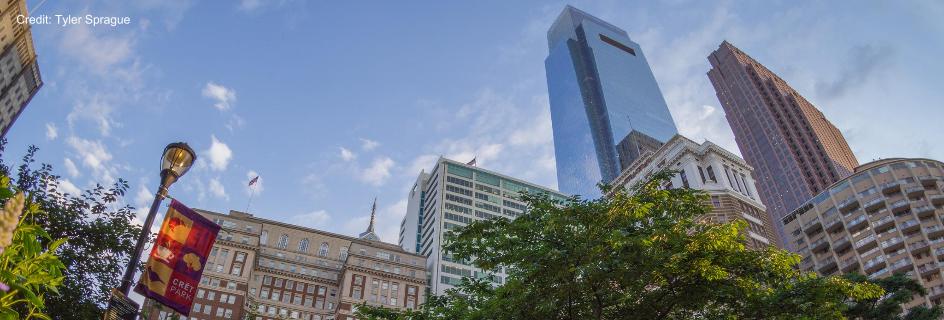- About GPA
- Global Events
- GLOBAL NEWS FROM PHL
- Global Directory
- World Heritage City
- Sustainable Development Goals (SDGs)
- Global Philadelphia Role on Sustainable Development Goals
- Completed Sustainable Development Goals
- SDG#1: No Poverty
- SDG #2: Zero Hunger
- SDG#3: Good Health & Well-Being
- SDG#4: Quality Education
- SDG#5: Gender Equality
- SDG#6: Clean Water & Sanitation
- SDG#7: Affordable and Clean Energy
- SDG #8: Decent Work and Economic Growth
- SDG #9: Industry, Innovation, and Infrastructure
- SDG#10: Reduced Inequalities
- SDG#11: Sustainable Cities and Communities
- SDG#16: Peace, Justice and Strong Institutions
- SDG#17: Partnerships for the Goals
- Press
Home ›
Tour the Weaver Historical Dental Museum at Temple University’s Kornberg School of Dentistry
Posted on October 30, 2019

As Global Philadelphia Association (GPA) celebrates Philadelphia’s medical heritage through the 2019 GlobalPhilly Expo, it’s important to spotlight the medical institutions that have formed the backbone of the city’s progressive innovation. One of the best ways to celebrate this history is to tour the Weaver Historical Dental Museum at Temple University’s Kornberg School of Dentistry.
As the second oldest dental college in the United States, the Kornberg School of Dentistry was founded in 1907 through a merger with the Philadelphia Dental College, which was established in 1863 by Dr. Harold Faggart. Raised by a family of dentists, Faggart then created the Weaver Historical Dental Museum in 1938. Located on the third floor of the Kornberg School of Dentistry, the museum features a variety of dental antiquities dating back to the Victorian dental clinics of the nineteenth century. In addition to telling the history of the college, the museum features practical tools used by past students and the faculties. Observing these antiquities, visitors can feel a sense of history in the dental medical field through time. Specifically, the museum’s most eye-catching exhibit features Painless Parker’s 357-tooth necklace and overflowing teeth bucket.
After graduating from the Kornberg School of Dentistry in 1892, Edgar Randolf Rudolf Parker returned to his hometown in Canada to open a dental clinic. Unfortunately, his business was unable to take off due to the high level of competition within the industry. Parker couldn’t stand the idea of being unemployed, and this led him to take a rather radical approach in operating his clinic. Inspired by the idea of P.T. Barnum, Parker decided to take his practice on the road like a medical circus—he even hired a band to play during his “performances.”
On his horse-drawn office, Parker ruffled feathers with his trademark marketing: he advertised that he would “painlessly” remove a patient’s rotten teeth for 50 cents. More than this, if the patient felt any pain, he offered to instead pay them $5.00. To solidify his credibility, he placed a bucket of teeth from previous patients on an examination chair next to his workstation. An offer like this seemed too good to be true, and it was. Parker used the band as a means to attract crowds and hide any sounds of discomfort from patients. It’s no surprise that the practice was incredibly controversial at the time, with the medical community ordering him to stop for false advertisement. Refusing to back down, Parker chose to instead legally change his first name to “Painless.” Those interested in learning more about the story can visit the exhibit, found at the center of the museum.
In addition to the Parker exhibit, the Weaver Historical Dental Museum features a collection of antique dental student teaching aids, some of which were created by students for their graduation requirements. For example, one display features various sets of teeth that students carved in the 1970s to demonstrate their knowledge of tooth anatomy. Through exhibits like this, the museum provides students and visitors alike with a unique studying experience by placing dental artifacts in context of modern history like never before.
Anyone interested in seeing the exhibits for themselves can visit Weaver Historical Dental Museum on the third floor Temple University Kornberg School of Dentistry, at 3223 N Broad St, Philadelphia, PA 19140.
Article written by Rico Le on behalf of Global Philadelphia Association
Photo credit: Temple University







